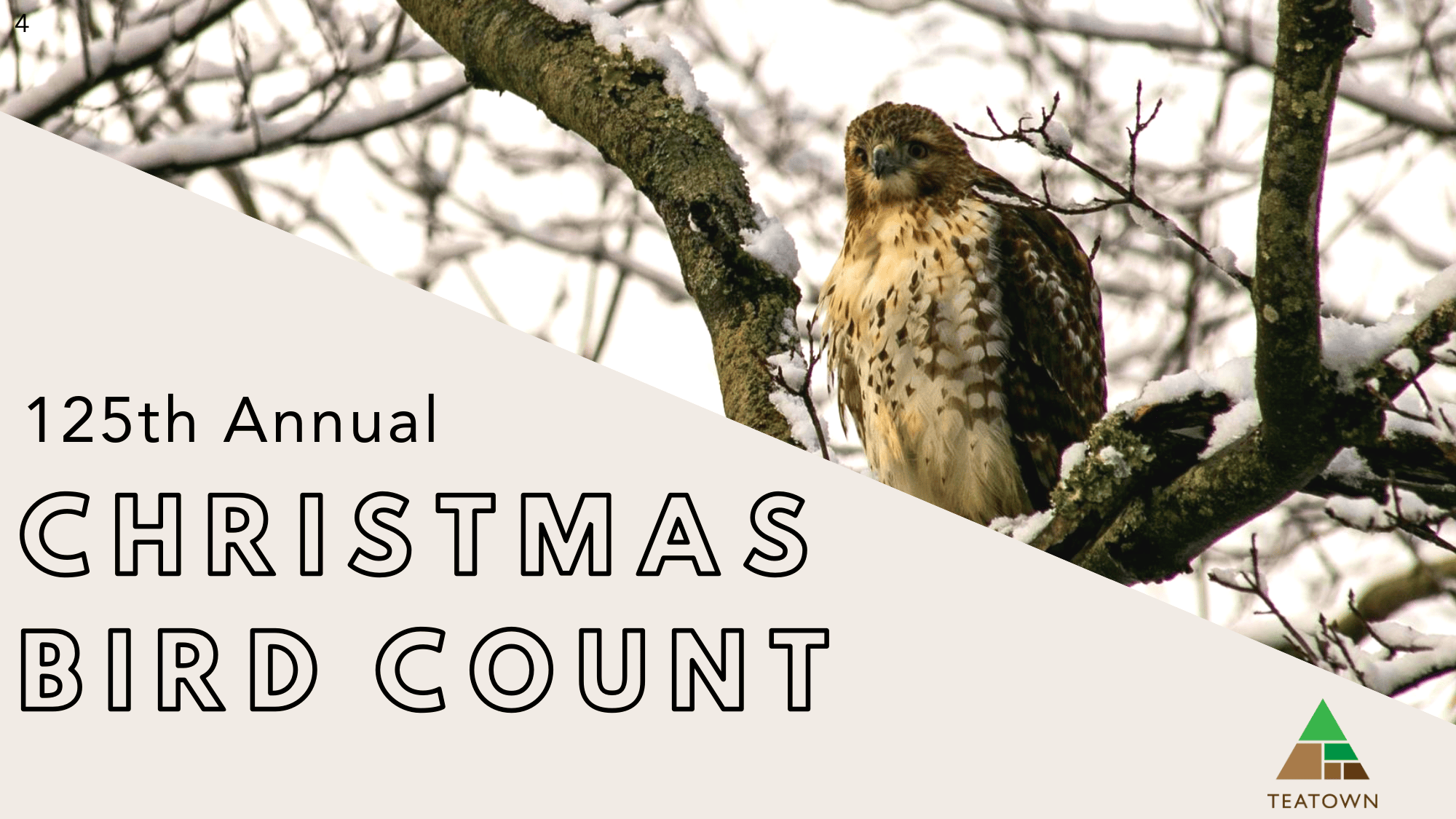What does the recently photographed black hole have to do with climate change?
The image is a VERY cool representation of an amazing scientific achievement. But more importantly, it reminds us of the value of science and scientific process.

On April 10, the first mesmerizing image of a black hole was released to the public. The black hole, named M87-star, is located in the center of Messier 87 galaxy some 318 quintillion miles (53 million light-years) away from Earth.
That’s 318,000,000,000,000,000,000 miles!
Wow.
How’d did scientists do that?
They focused mega-telescopes at 8 different sites around the world at the black hole at the same time for 10 days last year and recorded the images. Then, hundreds of researchers worked tirelessly to develop computer algorithms (equations) to stitch those images together and produce the first ever picture of a black hole (read more here).
The image is a VERY cool representation of an amazing scientific achievement. More importantly, it reminds us of the value of science and scientific process. This achievement will help us better understand physics and allow researchers to better test long-standing theories, including Einstein’s theory of relativity.
The problem with most scientific writing, though, is that often it isn’t easily digestible to the everyday reader. The terminology, details, and backstory take years to learn, and scientists write articles and papers for other scientists to advance their field. This is an important exercise because it pushes scientific achievement, but it comes at a cost to the public’s ability to understand the work.
More than ever, we rely on news outlets to report on scientific findings in an easy to follow format. Despite reporters best efforts, sometimes headlines can be misleading or content can be misconstrued. This happens because scientists often hedge their bets when reporting findings, using words like “may be”, “appears to be”, or “correlated with.” The scientific process teaches us to do this because science is an iterative process that doesn’t produce a single “correct answer.” Instead, an experiment yields an observation that either fits or doesn’t fit with our expectations. We then use what we learn from that observation to better refine our expectations, and run more experiments. Repeating this process several times gives us much more confidence in predictions, and it helps us better apply our science.
This is why every few years you hear conflicting reports about coffee, red wine, or chocolate. One study may find a positive health benefit of those items, while another may find a negative one. These studies aren’t inherently wrong because they disagree. Instead, they show us that food and health have a complicated relationship, and underlying factors—like a family history of heart disease—are probably more important predictors of health than the food itself.
The iterative nature of science is what gives it its credibility, and when scientists reach a consensus, we should pay attention. That’s why climate change is such a pressing issue. 98% of climate experts have concluded that climate change is human-caused, and without drastic measures to reduce our carbon emissions, we are in for warming on a global scale that hasn’t been seen on earth in millions of years. It’s an uncomfortable and scary situation, but scientists have also given us powerful recommendations to slow this rate of change and better plan for future climate events.
So, how can we all better support and understand science, especially when it contributes to the public good?
We all need to communicate more effectively, and believe scientists when they reach a consensus. Scientists are already working to better share their science to the public, especially through news sources, blogs, and social media. The good news is that Americans are already great at scientific literacy, meaning they can work through scientific problems using the scientific process. By bridging this communication divide on both sides, we can all make better decisions to protect our future.

About the Author
Dr. Danielle Begley-Millier
Danielle is an ecologist with an extensive background in forest research, specifically focusing on ecological interactions. She comes to Teatown from Penn State University where she received her doctoral degree in wildlife in 2018. During her time at Penn State, Danielle managed a large research project aimed at understanding the effects of both white-tailed deer and soil nutrition on forest plant communities. She is responsible for the implementation of Teatown’s land stewardship and environmental research programs, as well as the supervision of select volunteers and interns as they participate in these programs. In addition to her Ph.D., Danielle earned her master’s degree in biology from Wright State University in 2013.
Get involved
Interested in getting involved? Check out these upcoming citizen science and stewardship opportunities:
Christmas Bird Count 2024 Kick-off
Teatown 1600 Spring Valley Rd, Ossining, NYKick off Count Week for the 125th Annual Christmas Bird Count with Charlie Roberto! Survey at Teatown, then travel to Croton Reservoir for winter waterfowl. The information gathered is compiled and...
Christmas Bird Count 2024
Teatown 1600 Spring Valley Rd, Ossining, NYJoin Director of Education Emily Edmonds-Langham and other Teatown birders for the official count. Crisscross Teatown Lake Reservation compiling data for the National Audubon Society’s 125th Annual Christmas Bird Count....



